Cost savings resulting from data cleansing and normalization are crucial for achieving more accurate purchase analysis. In the realm of business, precise purchase analysis is a vital tool. It enables the identification of trends, reveals opportunities for savings, and optimizes the procurement process. However, the accuracy and reliability of such analyses heavily rely on the quality of the data employed.
The initial step towards achieving accurate analyses involves data cleansing. This process entails removing missing values, duplicate records, and inconsistent formats. Data cleansing ensures that the analysis is based on complete and accurate information, eliminating inaccuracies and distorting the results.
The second critical element is data normalization. During the procurement process, product and supplier information can vary in format, names, and categories. Data normalization ensures that all information is standardized and structured according to a unified schema. This facilitates easy comparison and aggregation of data, resulting in more comprehensive and accurate purchase analysis.
Data cleansing and normalization offer several direct advantages to organizations. Firstly, they enhance the accuracy of analyses, allowing for a better understanding of customer behavior and more efficient procurement planning. Secondly, they eliminate the risk of making poor decisions based on inaccurate data sources. Thirdly, organizations achieve cost savings by identifying areas for improving their procurement strategies and negotiating terms with suppliers.
In conclusion, cost savings through data cleansing and normalization are essential for enhancing the accuracy of purchase analyses. High-quality and reliable data form the foundation for effective procurement strategies and informed decision-making. Investing in the data cleansing and normalization process proves worthwhile in the long run, as organizations reap greater cost savings and gain competitive advantages through precise and informed purchase analyses.
